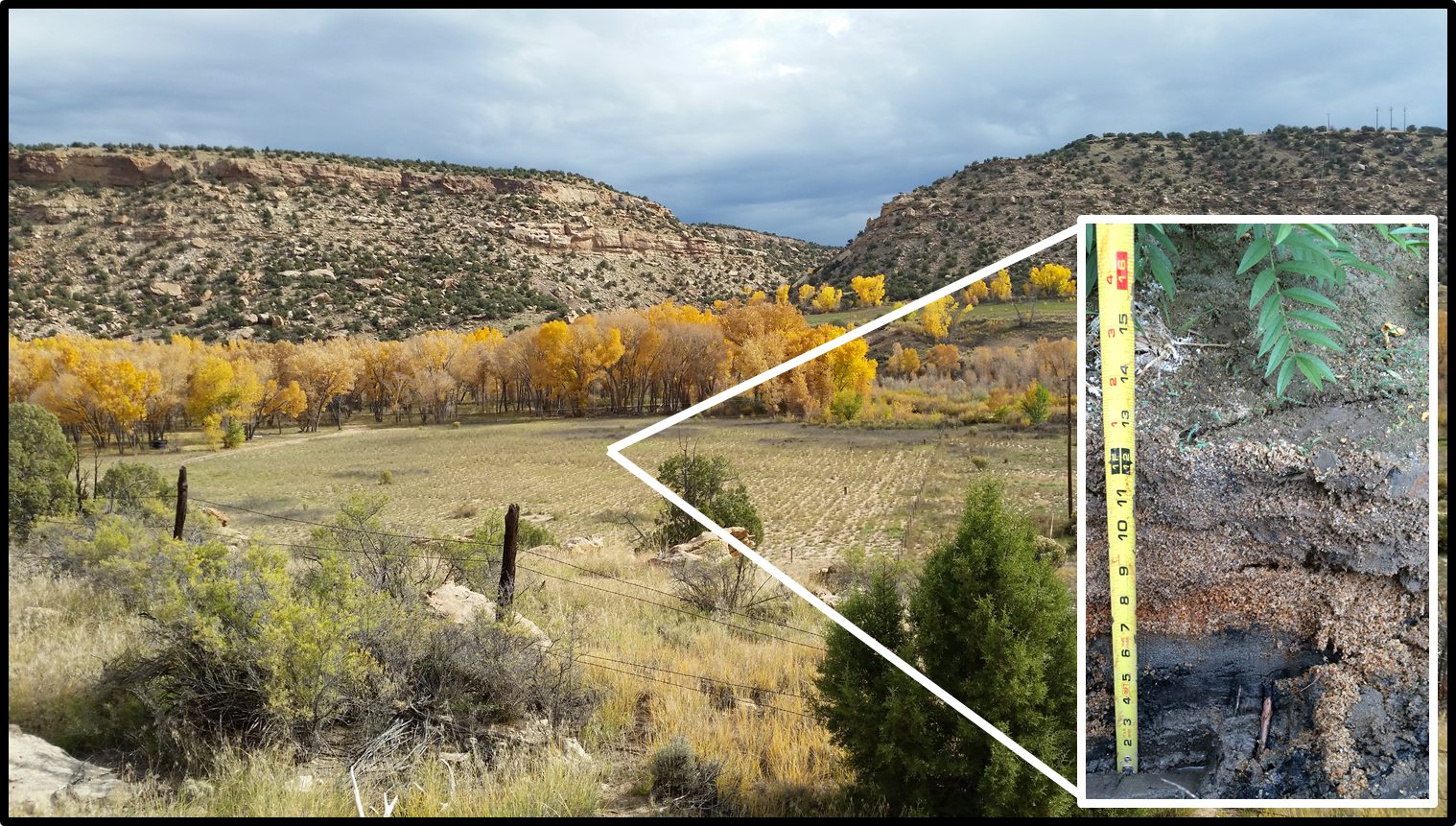- Home
- Research program
- Research highlights
- Exported organic carbon promotes reducing conditions and redox cycling in oxic aquifers
- Soil organic matter controls Pb release during redox cycles in floodplain soils
- Spatial and Compositional Heterogeneities Control Zn Retention Mechanisms in a Simulated Aquifer
- Calcium-Uranyl-Carbonato Species Kinetically Limit U(VI) Reduction by Fe(II) and Result in U(V)-bearing Ferrihydrite
- Diverse Ammonia-Oxidizing Archaea Dominate Subsurface Nitrifying Communities in Semi-Arid Floodplains
- A Simplified Way to Predict the Function of Microbial Communities
- Complexation Organic Matter Controls Uranium Mobility Anoxic Sediments
- FES-Nanoclusters can mobilize Fe and S from sediment to the groundwater
- Hexavalent uranium storage mechanisms in wet-dry cycled sediments at contaminated DOE sites in the Western U.S.
- Redox-Interfaces can Produce Toxic Arsenic Levels Groundwater...
- Sorption to Organic Matter Controls Uranium Mobility
- Thermodynamic preservation of carbon in anoxic environments
- Iron and sulfur cycling in NRZs controlled by sediment textural and hydrology
- A regional model for uranium redox and mobility
- Long-Term in Situ Oxidation of Biogenic Uraninite in an Alluvial Aquifer: Impact of Dissolved Oxygen and Calcium
- U Release from NRZ sediments is inhibited by Transport and Geochemistry
- Team
- Previous research
- Publications

Boye, K., Noël, V., Tfaily, M.M., Bone, S.E., Williams, K.H., Bargar, J.R., Fendorf, S. (2017) Thermodynamically controlled preservation of organic carbon in floodplains. Nature Geoscience [10.1038/ngeo2940]
http://www.nature.com/ngeo/journal/vaop/ncurrent/full/ngeo2940.html
A new study combining X-ray absorption spectroscopy (XAS) at SSRL with Fourier transform ion cyclotron resonance mass spectrometry (FT-ICR-MS) at EMSL provides new insights on why carbon persists in waterlogged soil and subsurface sediments. Energetic constraints prevent microbial respiration of certain organic carbon compounds, leaving a pool of water-soluble carbon that is susceptible to oxidation or export and subsequent decomposition in downstream, aerated environments.
 |
Terrestrial, anoxic environments hold large stocks of carbon and our knowledge of the dynamics of these stocks is insufficient. It is well recognized that carbon persists in environments where the oxygen levels are low. Carbon stocks existing in floodplains, wetlands, and subsurface sediments, which often are anoxic, comprise a considerable portion of the global dynamic carbon inventory. In spite of their importance to global carbon stocks, the mechanisms responsible for carbon preservation in anoxic conditions are unclear and are a source of model uncertainty. The degradation of organic matter takes place through multiple steps, involving enzymatic and metabolic processes carried out by many different types of microorganisms. However, the last step, the oxidation of organic molecules to carbon dioxide through microbial respiration, requires the molecules to be water-soluble and small enough to enter the microbial cell. In addition to this, the oxidation of carbon must generate enough energy to support microbial growth. With oxygen present the respiratory oxidation of any carbon compound is thermodynamically viable; it provides sufficient energy to sustain growth. But without oxygen, some carbon compounds, mostly belonging to the chemical classes of lipids and proteins, become thermodynamically unviable for oxidation, in spite of being dissolved and small enough to enter the microbial cell. This changes the chemical composition of the water-soluble carbon in environments where this thermodynamic preservation mechanism is operational.
In a Stanford and SSRL based study, Boye et al. (2017), utilized the shift in water soluble carbon chemistry to demonstrate the relevance of thermodynamic limitations for preserving carbon in field samples from anoxic floodplain sediments from four sites across the upper Colorado River Basin. X-ray absorption spectroscopy was used to identify sediments containing sulfides produced by microbial respiration in the absence of oxygen. The water-soluble carbon from these sediments was then analyzed by FT-ICR-MS at EMSL and compared to that from oxic sediment samples. The results reveal a clear difference in carbon chemistry consistent with theoretically calculated thermodynamic thresholds and provide unprecedented field-based evidence for thermodynamic preservation of carbon in anoxic conditions. This is important because it illuminates a mechanism previously unrepresented in carbon cycling models; thermodynamic limitations on organic carbon decomposition operate differently than better-recognized kinetic and spatial constraints and need to be represented accordingly.
The new findings imply that organic carbon stocks respond differently than previously thought to changes in sediment water saturation. Moreover, carbon exported from anoxic environments has the potential to drive nutrient, contaminant, and carbon cycles in downstream aquatic ecosystems.





